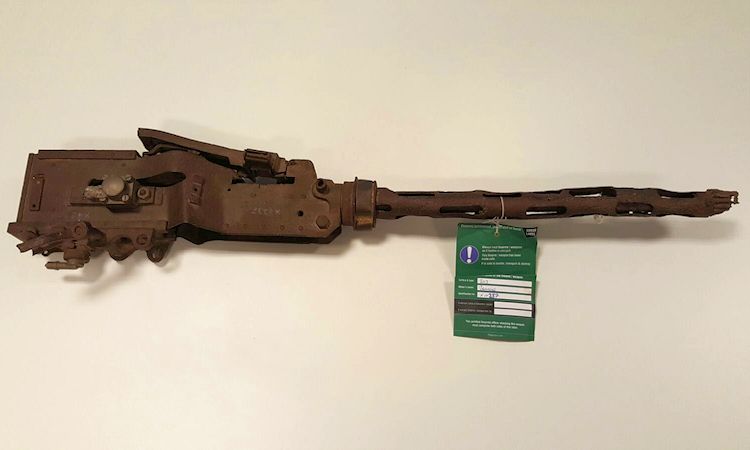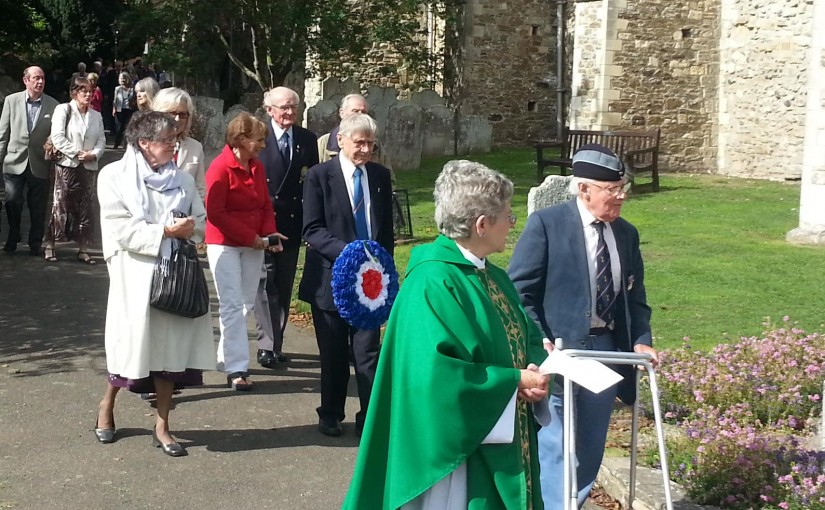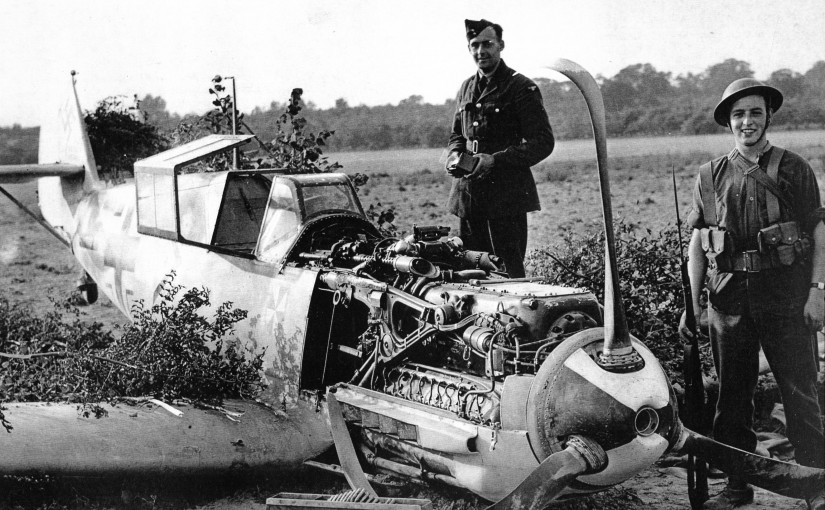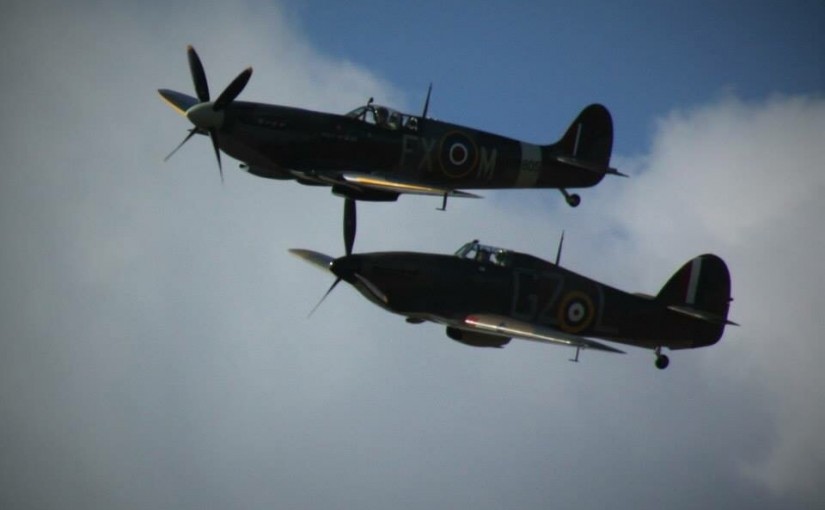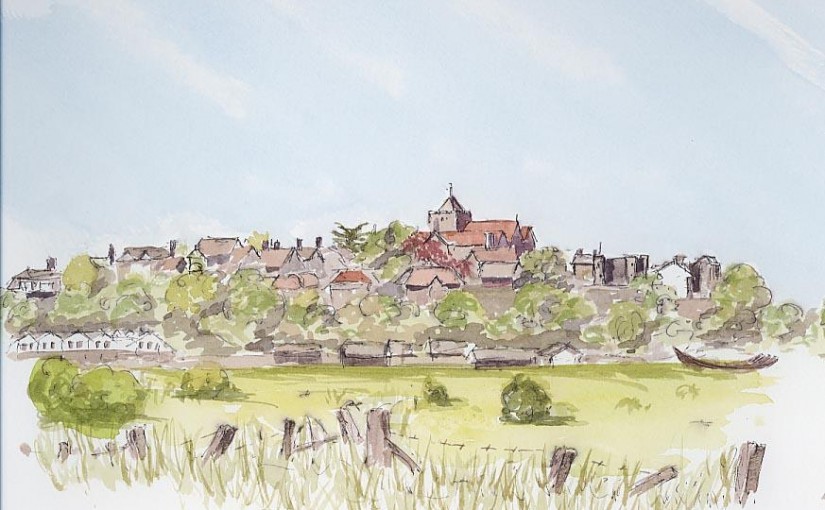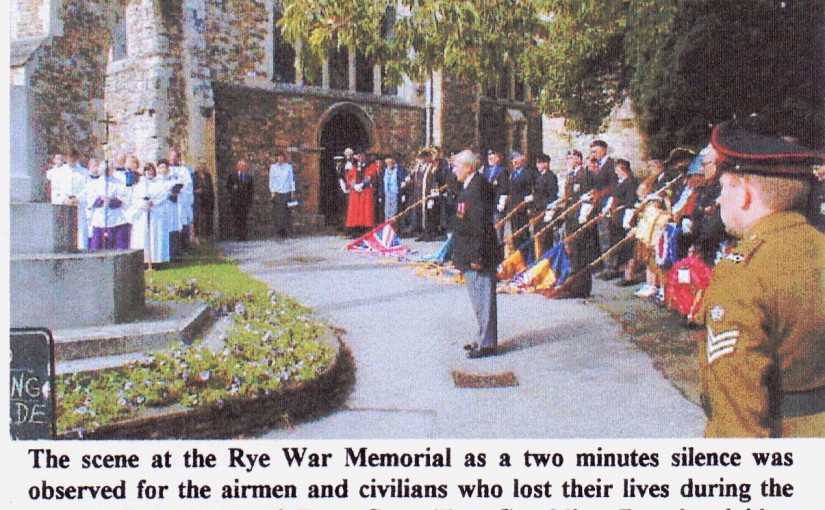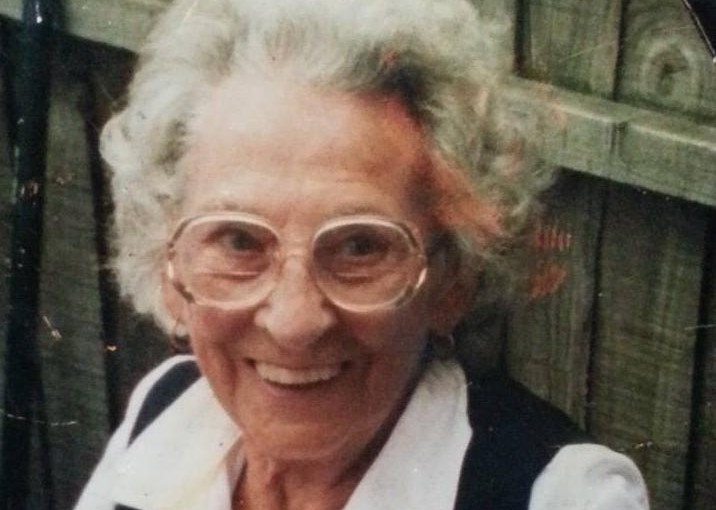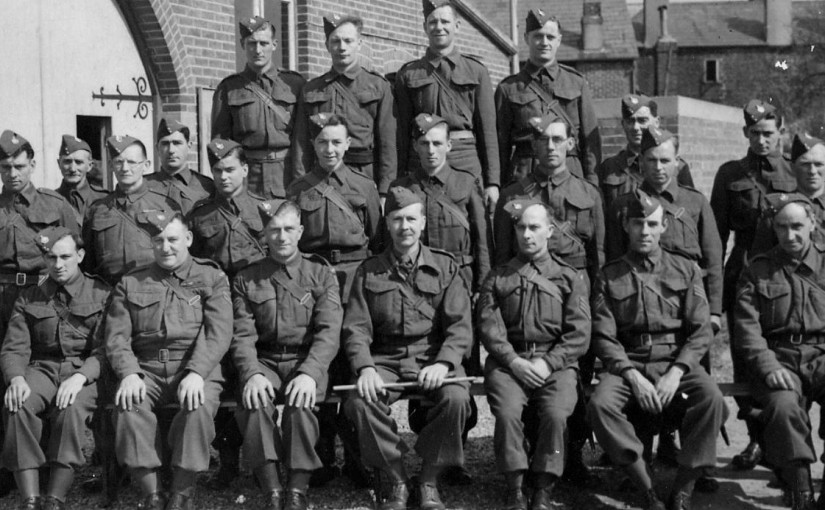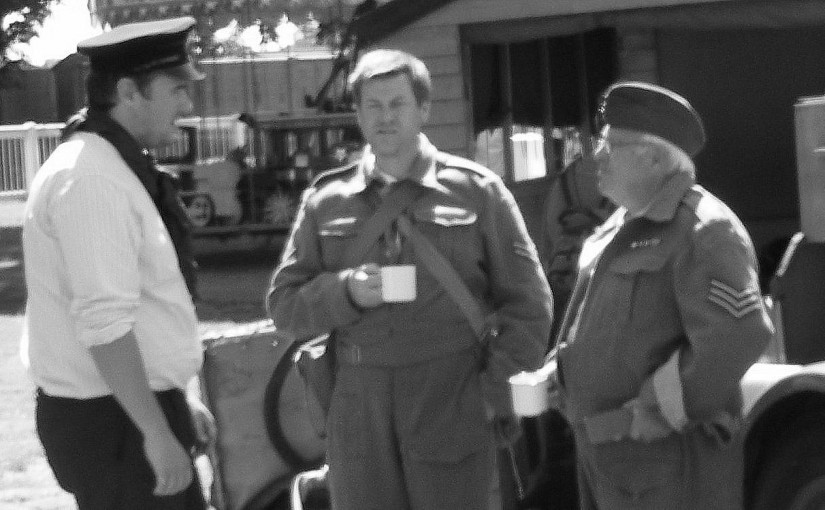Machine gun recovered from Battle of Britain Spitfire to go on display
 A historic machine gun recovered following a plane crash is set to go on display, giving viewers an opportunity to relive the Battle of Britain.
A historic machine gun recovered following a plane crash is set to go on display, giving viewers an opportunity to relive the Battle of Britain.
The Browning 303 Spitfire machine gun was acquired by a Hastings resident approximately 50 years ago and has been kept in storage ever since.
Sussex Police became aware of the item after being notified by Historic England – the public body which looks after the country’s historic environment – that it had been advertised for sale in January.
PCSO Daryl Holter, Sussex Police Heritage Crime Officer, worked with Mark Harrison, National Policing and Crime Advisor for Historic England, to recover the gun, and contact was made with the Ministry of Defence.
PCSO Holter said: “The gun was made safe, however during this process it was discovered to have a live round within its breach. The overall condition of the weapon was poor, but this does not detract from the immediate dangers it posed.”
The Royal Air Force has since taken the machine gun and placed it in to the Heritage Centre at RAF High Wycombe, which is where it is intended to be on display to tell its story from the Battle of Britain.
The Spitfire it was attached to was shot down some 76 years ago, but fortunately the pilot ejected prior to impact.

Above: the recovered Browning 303 Spitfire machine gun
PCSO Holter added: “If the public have firearms or ordinance from generations past stored away in the shed or the roof, for example, these items can be incredibly dangerous and pose a real risk to life. We would encourage anyone in this situation to contact the authorities for advice and guidance, and to leave the item in place.
“Firearms or ordinance could well have component parts that make up a firearm, thus breaching the Firearms Act 1968. If unknowingly sold on, they could find their way in to unscrupulous hands.
“The other concern is if heritage assets or objects are sold on, they lose their provenance and that becomes a sad loss to us all. Fortunately, this piece of history will now go on display for all to see, and it means a potentially lethal weapon has been taken off the streets of Sussex.”
Raising awareness around militaria and firearms – and their respective legalities – is vital, especially around the Military Remains Act 1986, the Protected Wrecks Act 1973 and the Theft Act 1968.
Statement from High Wycombe:
The Browning 303 machine gun represents a significant part of the RAF’s Heritage, this weapon system was utilised in many theatres and aircraft variants during World War Two.
This particular incident helps to highlight the personal aspect of warfare by tracing the origin of the machine gun; Spitfire X4237 piloted by Sgt David Cox from 19 Sqn based at RAF Duxford, was shot down on 27 September 1940. Fortunately, Sgt Cox survived the ordeal after bailing out of the stricken aircraft, although receiving wounds which took him out of action for three months. He fought on and was later awarded the DFC with Bar and a Croix de Guerre for his gallant service. He survived the war and left the RAF in March 1946 as a Wing Commander.
Retaining links to the RAF community, through both the Air Training Corps and as an honorary member of the Officers Mess at RAF Binsbrook, at the age of 60 he realised an ambition to fly in a supersonic aircraft when, as part of the 40th anniversary of the Battle of Britain celebrations, he flew in one of the Station’s Lightning trainer aircraft. He died at the age of 84 in 2004.
In this particular case we are delighted to see an artefact of this nature come home so it may be displayed safely. Unfortunately, 96 years after its formation, 19 Sqn was disbanded on 24 November 2011, consequently the gun will be displayed in the Southdown Heritage Centre located at RAF High Wycombe.

Above: Wing Commander David Cox DFC (Bar)
Rye’s Own Bulletin Friday 23 December 2016
Continue reading WW2 Machine Gun Recovered by Police had been stored in Hastings
